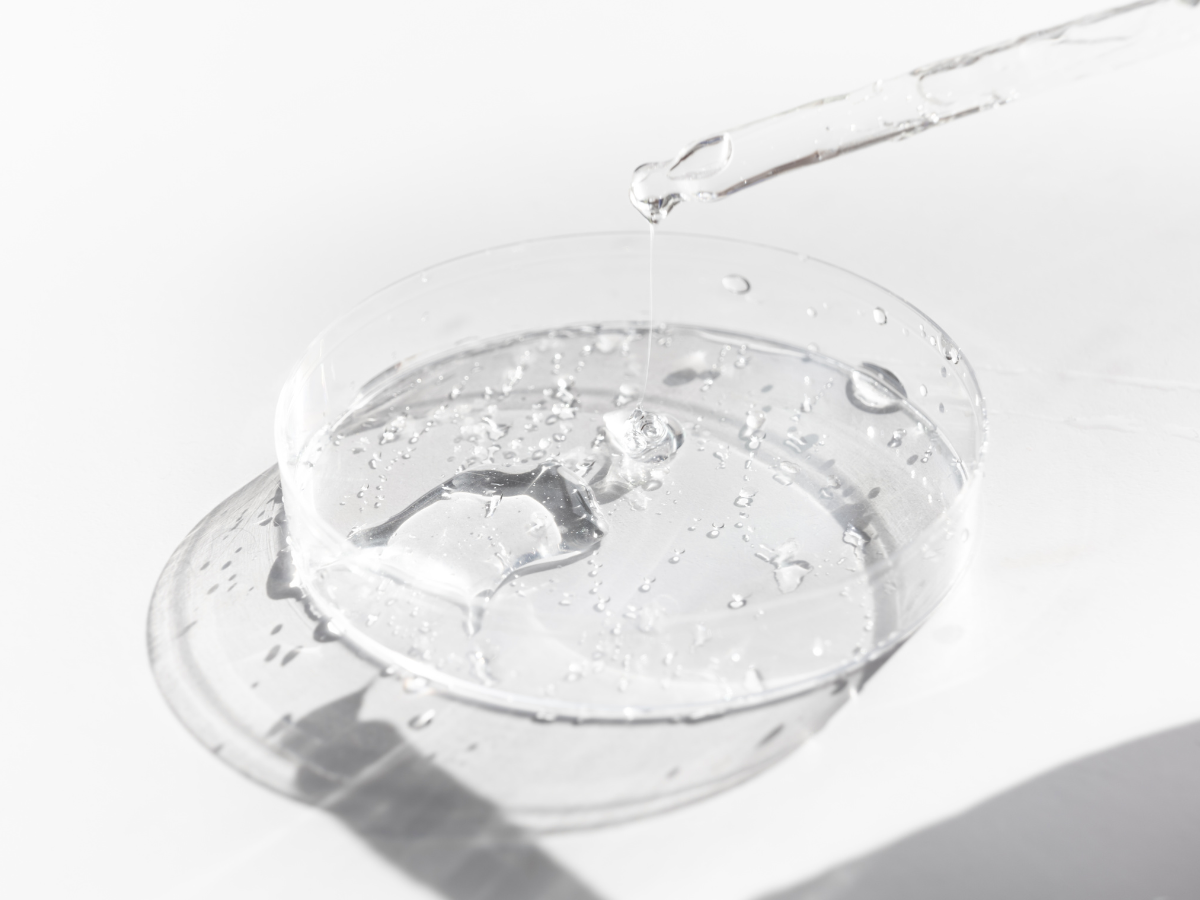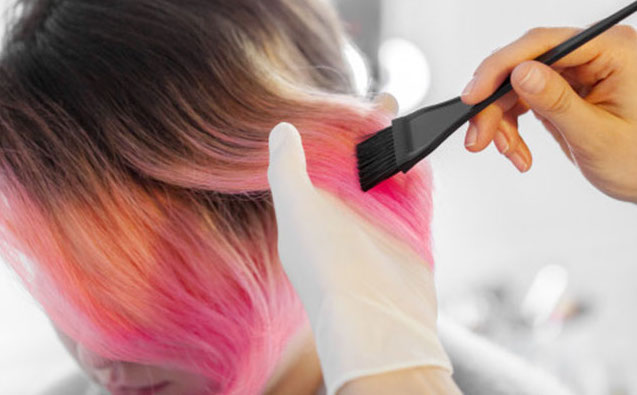ISO 16128 – GUIDELINES FOR ‘NATURAL’ AND ‘ORGANIC’
ISO stands for the International Organization for Standardization, which is a worldwide federation of national standards bodies (ISO member bodies). It is an independent, non-governmental international organization that develops and publishes international standards for many industries (including the cosmetic industry).
ISO 16128 provides guidelines on definitions and criteria for natural and organic cosmetic ingredients and products, specific to the cosmetics sector. The main purpose of this ISO is to “encourage a wider choice of natural and organic ingredients in the formulation of a diverse variety of cosmetic products to encourage innovation”. It allows to calculate natural, natural origin, organic and organic origin indexes, according to ingredient categories set out in ISO 16128-1. Based on ingredient characterization, this ISO also presents a framework to determine the natural, natural origin, organic and organic origin content of products.
The first part of ISO 16128 (ISO 16128-1), published in 2016, defines cosmetic ingredient categories (natural ingredients, derived natural ingredients, organic ingredients and derived organic ingredients). While the second part (ISO 16128-2), published in 2017, permits the calculation of the 4 previously stated indexes.
A natural cosmetic product, according to this ISO, means that it has a minimum of 90% ingredients of natural origin in its composition. As for organic certified products, at least 95% of the natural ingredients must come from organic farming. Moreover, organic leave-on products must contain minimum 20% of the total ingredients from organic farming and organic rinse-off cosmetics need to have more than 10% of organic ingredients in their composition (non-emulsified products with more than 80% being minerals or mineral origin).
Any producer or manufacturer that wants to manufacture a natural or organic cosmetic product must follow ISO 16128.
Nevertheless, some organizations and companies suggest that ISO 16128 may not be adequate for a transparent standardization of these kind of cosmetic products. For example, ISO is not available free of charge, but for a purchase fee. If, as a consumer (that has no access to this ISO), I do not know how the natural index is calculated, how can I know what a natural ingredient means?
Besides ISO 16128, the COSMOS and Natrue certifications have been used for cosmetic products and raw materials, and products compliant with these two are clearly labelled as such. The ISO standard may be used simultaneously with the other certifications and provides a worldwide unified criteria, but it does not work as a marketing claim (or label).
Critical Catalyst is at your service to help your company achieve natural or organic certification and stay competitive.
References:
- ISO 16128-1:2016. Cosmetics — Guidelines on technical definitions and criteria for natural and organic cosmetic ingredients – Part 1: Definitions for ingredients.
- ISO 16128-2:2017. Cosmetics — Guidelines on technical definitions and criteria for natural and organic cosmetic ingredients – Part 2: Criteria for ingredients and products.














